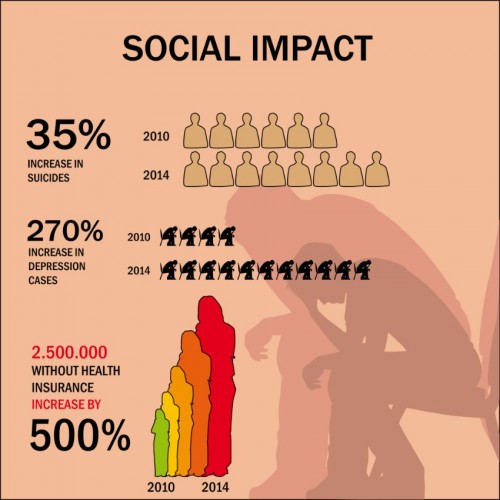 Earlier this year a CBS commentator in a panel with Jay Smooth embarrassingly revealed that she thought he was white (Smooth’s father is black) and this week the internet learned that Rachel Dolezal was white all along (both parents identify as white). The CBS commentator’s mistake and Dolezal’s ability to pass both speak to the strange way we’ve socially constructed blackness in this country.
Earlier this year a CBS commentator in a panel with Jay Smooth embarrassingly revealed that she thought he was white (Smooth’s father is black) and this week the internet learned that Rachel Dolezal was white all along (both parents identify as white). The CBS commentator’s mistake and Dolezal’s ability to pass both speak to the strange way we’ve socially constructed blackness in this country.
The truth is that African Americans are essentially all mixed race. From the beginning, enslaved and other Africans had close relationships with poor and indentured servant whites, that’s one reason why so many black people have Irish last names. During slavery, sexual relationships between enslavers and the enslaved, occurring on a range of coercive levels, were routine. Children born to enslaved women from these encounters were identified as “black.” The one-drop rule — you are black if you have one drop of black blood — was an economic tool used to protect the institution of racialized slavery (by preserving the distinction between two increasingly indistinct racial groups) and enrich the individual enslaver (by producing another human being he could own). Those enslaved children grew up and had children with other enslaved people as well as other whites.
In addition to these, of course, voluntary relationships between free black people and white people were occurring all these years as well and they have been happening ever since, both before and after they became legal. And the descendants of those couplings have been having babies all these years, too.
We’re talking about 500 years of mixing between blacks, whites, Native Americans (who gave refuge to escaped slaves), and every other group in America. The continued assumption, then, that a black person is “black” and only “mixed race” if they claim the label reflects the ongoing power of the one-drop rule. It also explains why people with such dramatically varying phenotypes can all be considered black. Consider the image below, a collage of people interviewed and photographed for the (1)ne Drop project; Jay Smooth is in the guy at the bottom left.
My point is simply that of course Jay Smooth is sometimes mistaken for white and it should be no surprise to learn that it’s easy for a white person — even one with blond hair and green eyes — to pass as black (in fact, it’s a pastime). The racial category is a mixed race one and, more importantly, it’s more social than biological. Structural disadvantage, racism, and colorism are real. The rich cultural forms that people who identify as black have given to America are real. The loving communities people who identify as black create are real. But blackness isn’t, never was, and is now less than ever before.
Cross-posted at Pacific Standard.
Lisa Wade, PhD is an Associate Professor at Tulane University. She is the author of American Hookup, a book about college sexual culture; a textbook about gender; and a forthcoming introductory text: Terrible Magnificent Sociology. You can follow her on Twitter and Instagram.









